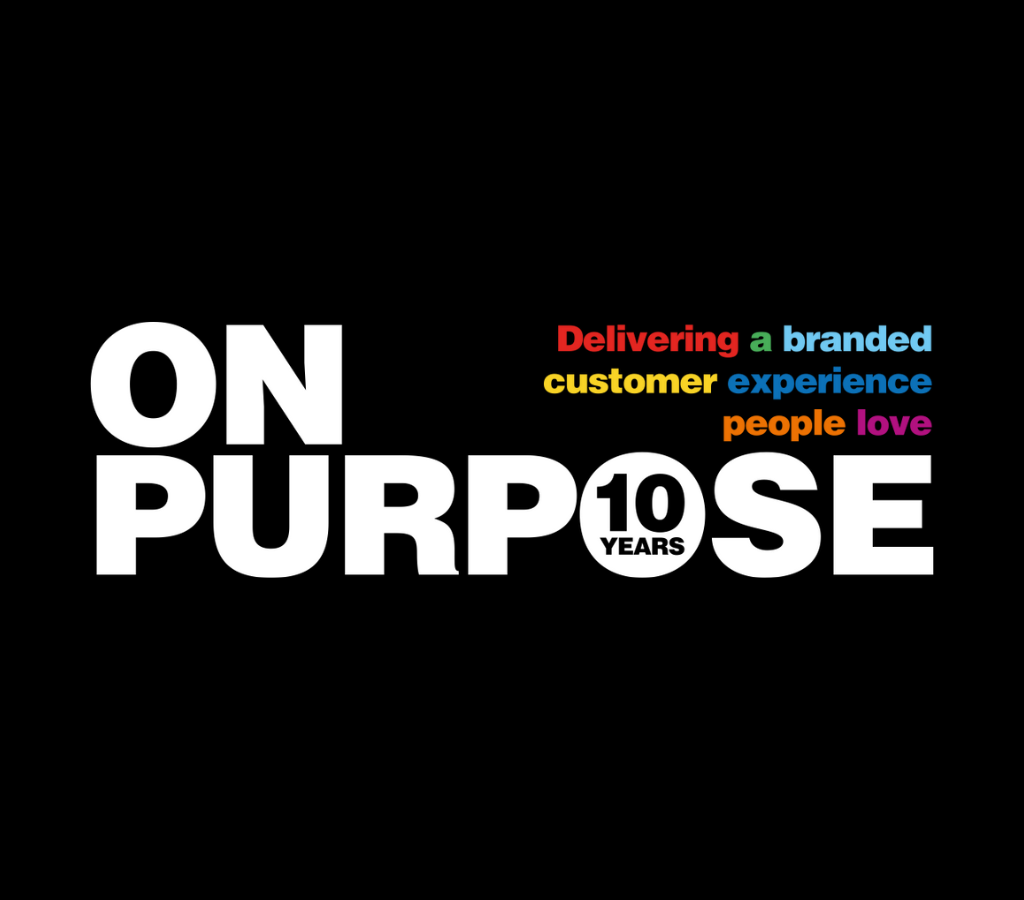A brand promise is far more than a catchy slogan or appealing tagline—it forms the foundation of the relationship between an organisation and its target customers. It articulates the value and emotional connection the company offers, shaping customer expectations and experiences. But what makes a brand promise truly effective?
What Is a Brand Promise?
At its heart, a brand promise is a high-level commitment that defines what customers can expect from a company. It encapsulates the brand’s essence and reflects its value proposition. For instance, Virgin’s brand promise centres on value for money, quality, reliability, innovation, and a touch of fun. This isn’t just marketing fluff—it’s a commitment to delivering meaningful, consistent experiences across products and services.
However, creating a compelling promise is only the first step. A brand promise must be owned by leadership and actively integrated into every aspect of the organisation. It’s not a passive declaration but a strategic decision that demands alignment of people, processes, technology, and customer touchpoints.
What’s the difference between a Brand Purpose and a Brand Promise
Your purpose is the ‘why’ your brand or business exists. The promise is what you will deliver to your customers to ensure you fulfil that purpose. Purpose should not change over time, Promise might need to as it stays up to date with changing technology, customer needs or market shifts. Apple’s purpose was about liberating creativity in people. It’s promise was to ‘Think Different’, chosen in part to differentiate from IBM but also as a pledge by the company to create products that were not only differentiating themselves but helped customers to think, work and play in a different way.
The Characteristics of a Strong Brand Promise
A great brand promise is simple, actionable, and meaningful to both customers and employees. To achieve this, it must:
1. Resonate with Customers
The promise must align with what target customers value most. Virgin’s promise of being a genuine consumer champion resonates because it reflects fairness, quality, and innovation—qualities that customers appreciate and trust. Similarly, Harley Davidson’s promise to “fulfil dreams” speaks directly to customers’ aspirations for individuality and freedom.
2. Be relevant to the Organisation
A brand promise provides clarity and focus. It should make it easier for teams to understand their roles and prioritise actions that align with the promise.
3. Differentiate the Brand
Brands that stand out do so by standing for something unique. A vague or generic promise that competitors could easily claim won’t create the desired impact. Nike’s promise to ‘bring inspiration and innovation to every athlete in the world’ was both aspirational and ambitious, talking to a mindset not just a product need.
4. Be Simple
Overcomplicated promises with multiple ideas can dilute impact. Research shows that while companies often define several brand values, employees typically remember only one or two. A singular, powerful concept—like Pret a Manger’s promise to be “passionate about food”—is far more effective than a list of generic or disconnected values.
5. Drive Action
An actionable promise translates into behaviours and decisions that align with the brand’s identity. Employees at every level should be able to understand and apply the promise in their daily work. For instance, a hotel chain promising to “make guests feel at home” might focus on local touches, home-like comforts, and personalised service. Clear commitments make it easier for employees to deliver consistently on the promise.
Delivering on the Brand Promise
The real challenge lies in delivering on the brand promise. Meeting or exceeding the promise at every customer interaction builds trust, loyalty, and advocacy. This requires aligning the organisation’s people, processes, and products with the promise.
Fulfilling social and ego-driven needs is just as important as meeting functional ones. Harley Davidson epitomises this with its promise to “fulfil dreams.” By tapping into customers’ desires for freedom and independence, it creates a deep emotional connection and fosters a loyal community.
Avoiding the Risks of Overpromising
A brand promise must be realistic and deliverable. Overpromising and under delivering can erode trust and damage a brand’s reputation. To avoid this, clarity is essential. For example, Premier Inn promised “a good night’s sleep, guaranteed” so it had to have systems in place to address any disruptions
Leadership’s Role in Upholding the Promise
Leadership is critical to the success of a brand promise. Leaders must define the promise, communicate it effectively, and model behaviours that align with it. When leadership demonstrates commitment to the brand promise, it inspires employees to do the same.
The Bottom Line
Brands that excel are those that move beyond words, delivering on their promises authentically and consistently. Whether it’s Virgin’s playful innovation, Nike’s inspiration and innovation or Pret a Manger’s passion for food, these promises define the experiences that make customers loyal advocates.
In today’s competitive landscape, a well-crafted and delivered brand promise isn’t just an advantage -it’s essential to building lasting customer relationships.




